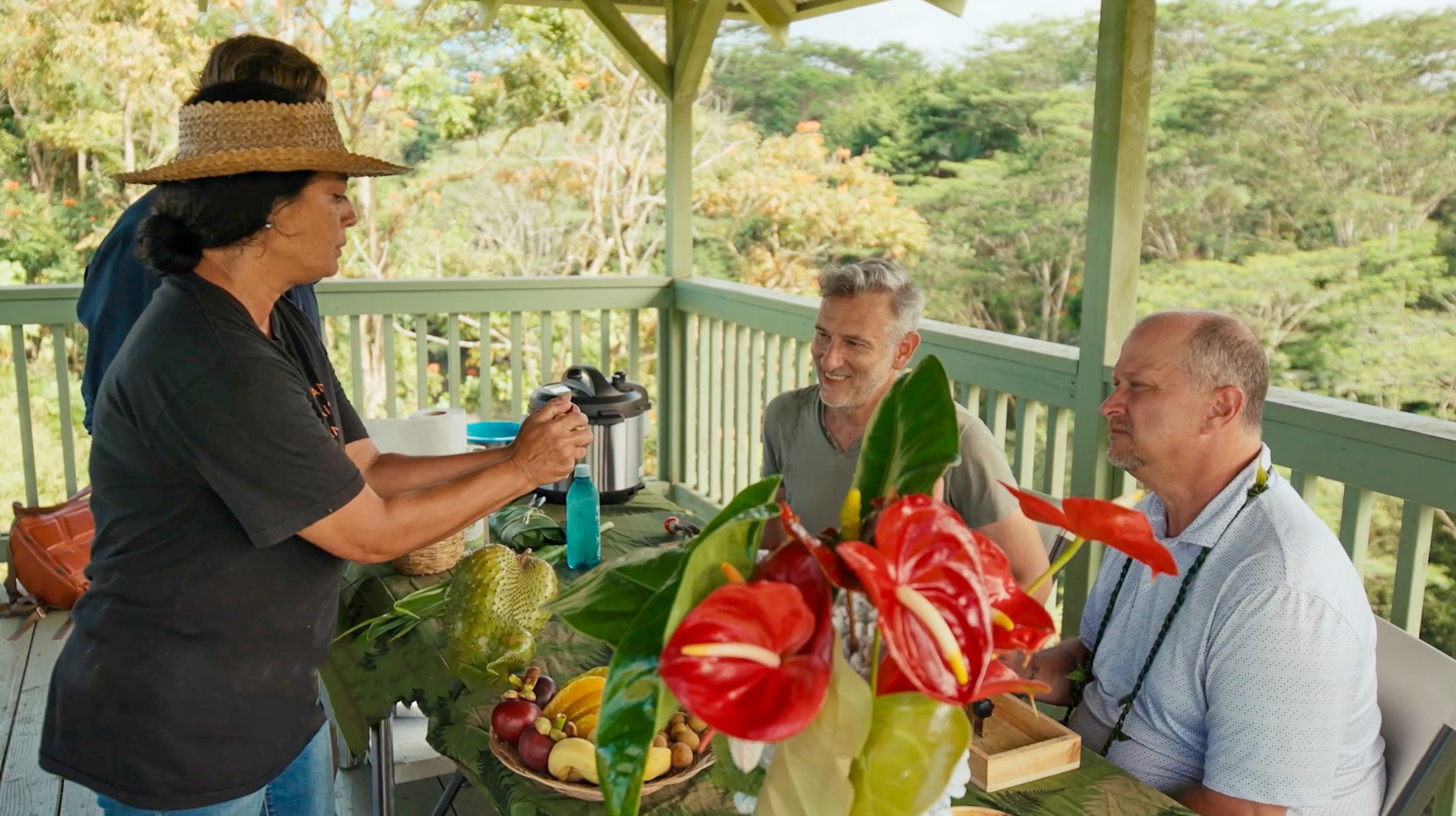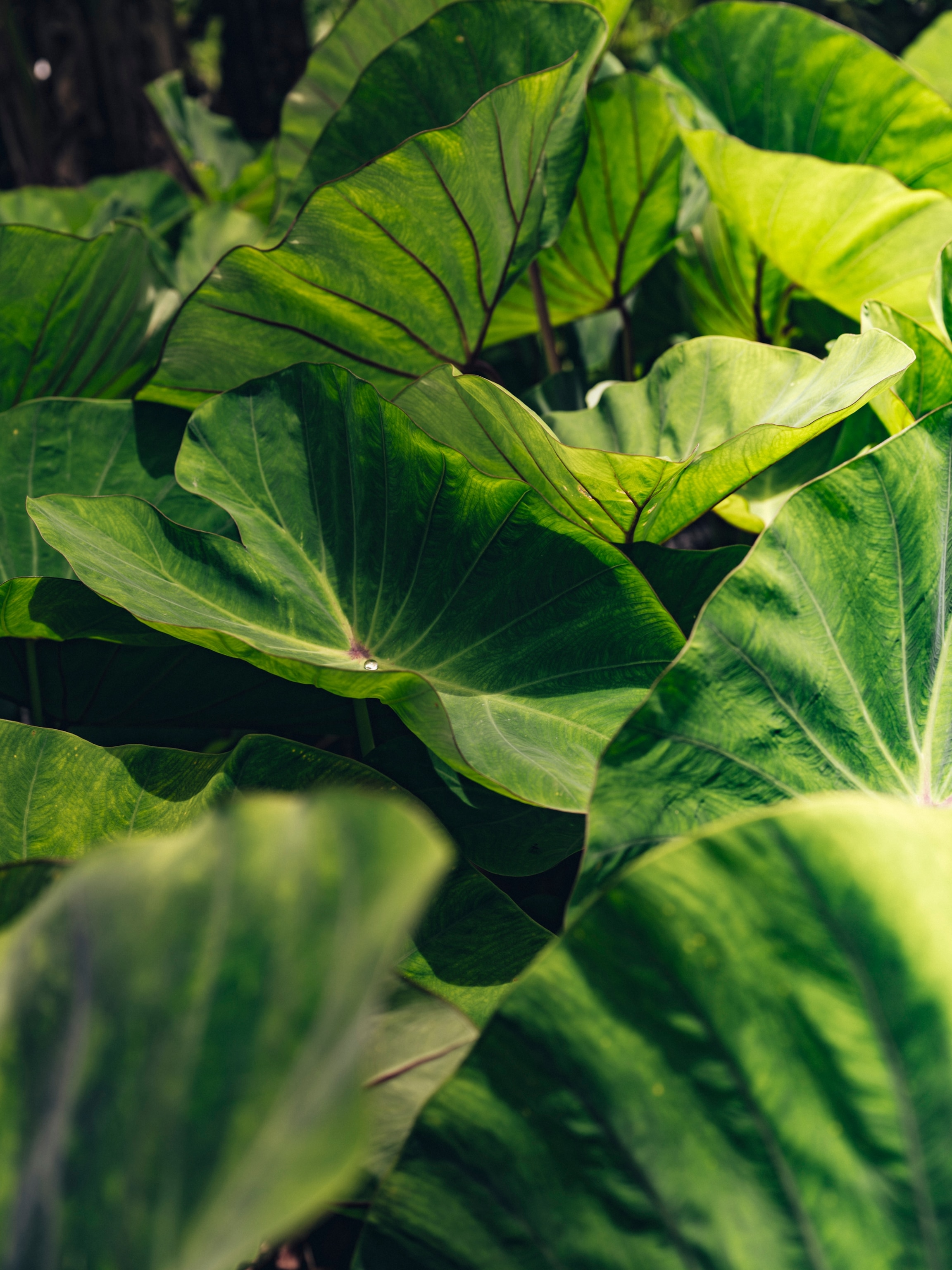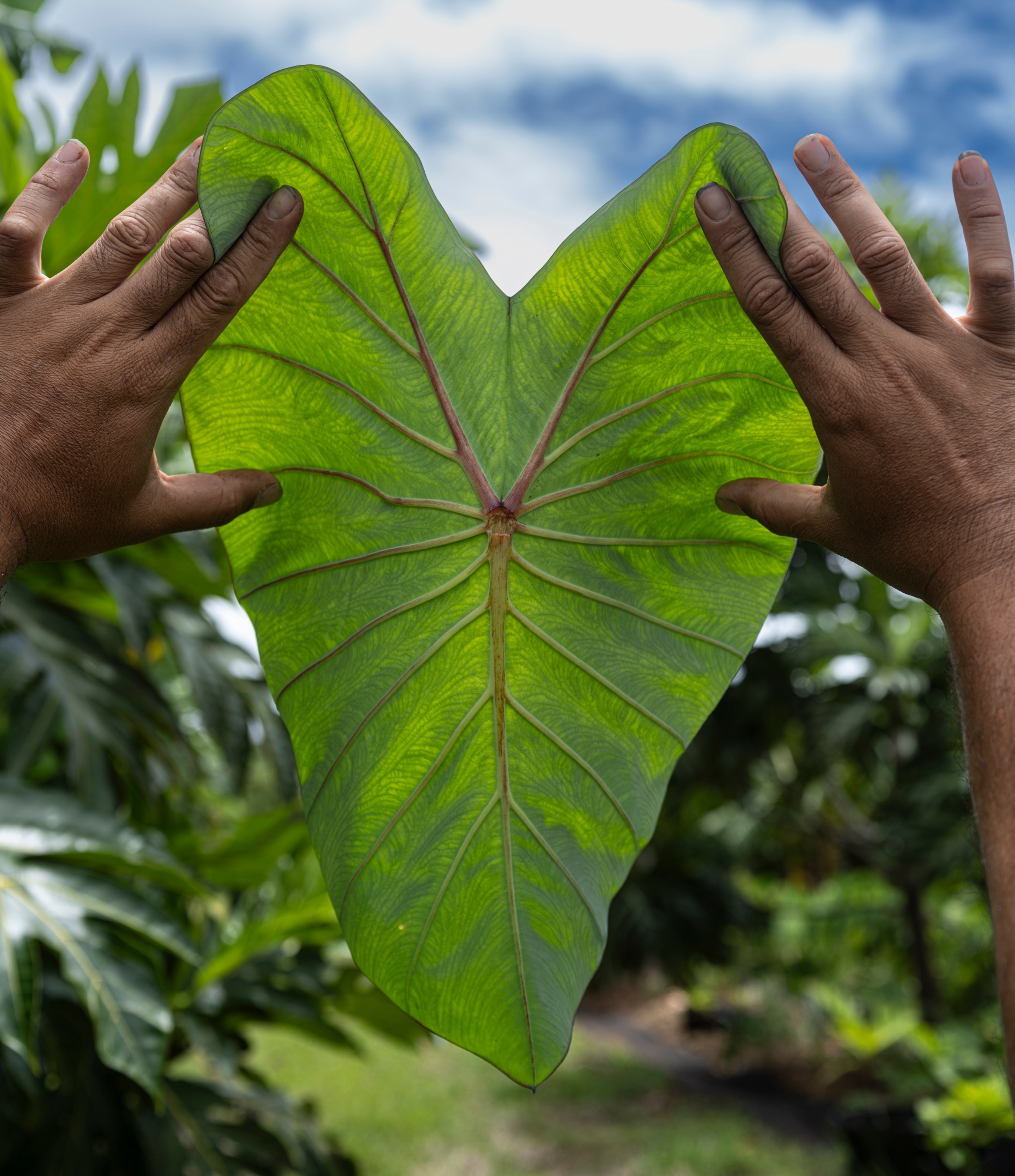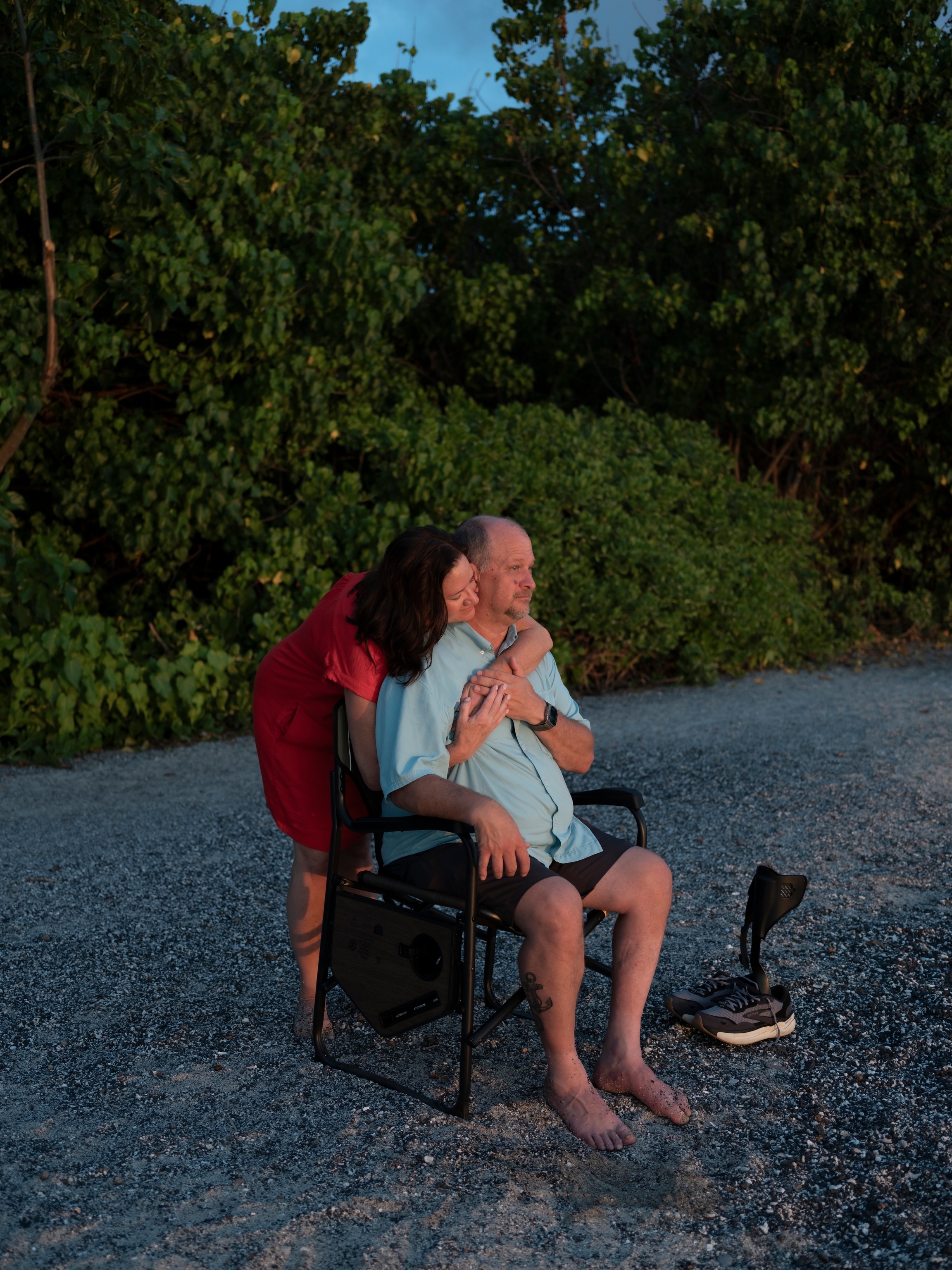Connecting to untapped potential and the strength of community in Hawaii
While documenting life on Hawaii’s Big Island, photographer Josh Cogan follows one man’s path toward reconnection—where food, family, and community become part of the journey.

National Geographic photographer Josh Cogan has always believed in the power of place—not just for what it reveals to us, but for what it unlocks within us. On Hawaii’s Big Island, he recently turned his lens toward Joey, a former first responder, father, and advocate. Joey lives with CIDP (chronic inflammatory demyelinating polyneuropathy), a rare progressive autoimmune condition that affects the nerves and can impact mobility and sensation.
After years of navigating the uncertainty and frustrations that came with his changing body, Joey was ready for a journey from his hometown of Gate City, Virginia, to Hawaii’s Big Island.
Together with Josh, he explored the deep community connections on the Big Island. They visited O.K. Farms, a working farm where 'ulu (breadfruit) and kalo (a kind of taro) are cultivated in volcanic soil. This farm is a family-owned, community-supported 1,000-acre property. The farm's mission is to support sustainable agriculture and help reduce Hawaii's reliance on imported foods.



In the process, Joey found echoes of the communities he has built through his service work, career, and family. He loves traveling with his wife, Michele, and spending time with their kids and grandkids. He started as a volunteer firefighter at age 16 and later retired after a long career in law enforcement. After retiring, he started a barbecue food truck for fun, which turned into something more when he volunteered to provide meals from the truck as part of hurricane recovery in North Carolina.
He began working regularly with the nonprofit that organized the disaster relief effort, eventually becoming a full-time employee who traveled the country to organize help for communities in need. However, Joey's body began struggling to keep up. It wasn't just work: even tasks like taking out the trash or running errands became harder to accomplish. He had numbness in his feet, was prone to falls, and broke his ankle while walking.
After multiple consultations and testing, he learned he had CIDP. The diagnosis brought on a difficult transition, but having a care plan and recognizing the importance of family and community were key to his positive outlook.


"It's given me hope," Joey said of his plan, which includes physical therapy, treatment, regular assessments, and an AFO (ankle-foot orthosis). His care team and family keep him on track with the prescribed regular exercise and therapy: "My wife, my kids—they all remind me to stay active."
On the Hawaii trip, he forged a friendship with Josh, who lent an arm and encouragement during outings that tested Joey's confidence—like stepping onto a boat and walking across uneven ground.
This is a guy who just takes care of people. The reality of CIDP, I think, changed a lot of that for him. To be on this adventure with him, where you see him say, 'you know, I got this, actually'… that's a beautiful thing to witness.Josh Cogan, National Geographic photographer
Before the trip, Michele could sense Joey’s apprehension about how his CIDP might affect the experience. But once he stepped into the water, she saw him completely in his element.
"It makes me very hopeful for the future," she said. "I'm so excited about every day that we have together."
Set against Hawaii’s volcanic landscapes and starlit skies, Hoʻomau: Joey’s Journey follows a man living with CIDP who dares to keep moving forward—his every step, shared moment, and discovery captured by National Geographic photographer Josh Cogan. This powerful film reveals how travel can ignite resilience, shift perspective, and reconnect us to what matters most.
FOR U.S AUDIENCES ONLY.
©2025 argenx US-UNB-25-00117 V2 11/2025